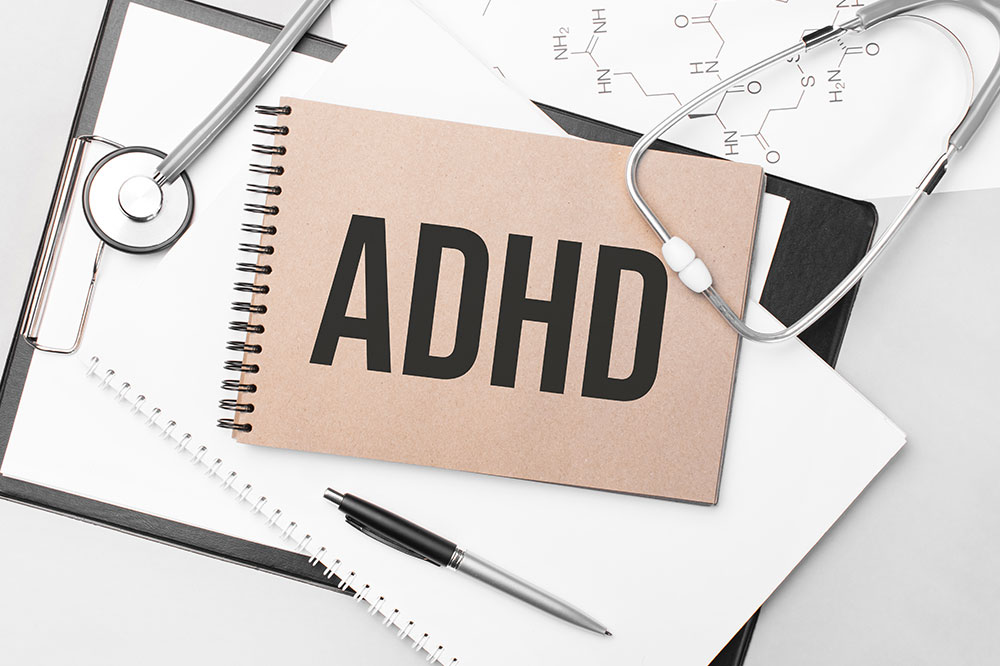Seizure clusters – Causes, symptoms, and diagnosis

Seizure clusters is a term used to describe multiple seizure attacks that occur within 24 hours or a shorter period. Such repetitive seizure attacks may also be referred to as cyclical seizures, recurrent seizures, and crescendo seizures. If a person is prone to seizures, they should try to understand their repetitive behavior, the estimated recovery period, and possible triggers. This information can come in handy in landing the correct diagnosis and treatment.
Causes
Health experts do not know the exact cause of seizure clusters. However, they believe that a failure to gain control over a seizure attack can cause its reoccurrence. Certain other risk factors for the condition include frontal lobe epilepsy, rare seizures, cortical dysplasia, refractory epilepsy, and CNS infections. People with focal onset seizures are also said to have an increased risk of seizure clusters than patients with generalized onset seizures. In focal onset seizures, the electrical disturbance in the brain is restricted to a specific region. Further, those with a head injury or head trauma are at a higher risk.
Triggers
Like with the causes, there is no clear picture of what could trigger episodes of seizure clusters. A few possible trigger factors discovered by patients and doctors include skipping seizure aid, stress, sleep deprivation, menstruation, illness, and fever. Interestingly, statistics suggest that around 30% of people do not know what triggers their repetitive seizure attacks. Patients may discuss their condition with a doctor and develop a plan to identify and avoid their triggers.
Symptoms
If seizure clusters occur as a result of focal onset seizure, one may experience tightness or uncontrolled spasming of muscles on one side of the body, weakness of muscles or paralysis after a seizure attack, and involuntary muscle movement. The symptoms might differ if a seizure cluster occurs due to a generalized seizure. The signs in this scenario usually include repetitive falls, loss of consciousness, and uncontrolled contraction of muscles on a massive scale.
Diagnosis
Doctors may use one or a combination of the following tests and methods to diagnose seizure clusters:
Physical exam
At the initial stage, the doctor collects all the data that could seem relevant to the diagnosis. This would include the patient’s sleep schedule, frequency of seizure attacks, health history, patient symptoms, and other questions about discomfort and health. Patients might even be asked to keep a record of their attacks and things that could be acting as a trigger.
Blood tests
It is believed that genetics play a part in the occurrence of seizure clusters; therefore, blood tests might be recommended to detect possible genetic traits causing the condition.
Neurological exam
Since seizures alter brain activity, testing brain function is essential to the seizure cluster diagnosis. A neurological exam tests the patient for cognition, memory, reflex actions, coordination, hearing, and vision functions.
EEG
Electroencephalography is one of the most relied-upon modes for diagnosing suspected seizures and epilepsy. It is a non-invasive mode of assessment that electrically records the brain’s activity. An EEG is performed by placing electrode sensors on the scalp that transfer brain images onto a screen. Patients might have to visit a hospital or a doctor’s clinic for this diagnostic test. Alternatively, mobile EEG machines might be used to monitor patients for extended periods of up to 72 hours.
MRI
Magnetic resonance imaging is a diagnostic test that uses magnetic fields and radio waves to obtain a detailed picture of the brain. It can help identify pathological reasons for seizure clusters.
CT scan
CT scans are preferred during emergencies as they provide brain images faster and are more conveniently performed. However, the picture quality is not as superior as an MRI. CT scans are especially useful for people with implants and devices inside their bodies.
PET
Positron emission tomography is a diagnostic test that helps track the flow or motion of blood. A radioactive compound administered into the patient’s blood allows doctors to detect blood flow to the brain. A PET test may help doctors identify the location of focal seizures in some patients.
If not treated in time, cluster seizures can lead to complications. Status epilepticus, for example, is an extended state of seizure that may last for 30 minutes or more. This could be a convulsive or non-convulsive episode and could manifest in combination with irritability, confusion, and loss of consciousness.






